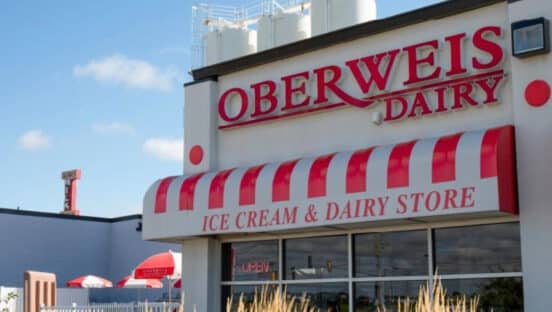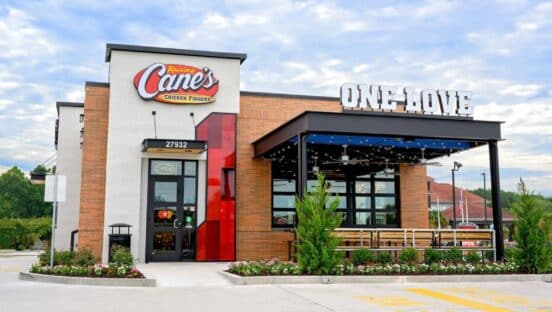Opening, running and managing a restaurant is a challenging task and comes with major expenses. Food and labor remain among the biggest expenses, but surprisingly, overhead costs like credit card fees are another significant expense restaurant owners must consider. Swipe fees have doubled over the last decade, costing U.S. merchants nearly $100 billion in 2022, and don’t plan on slowing down anytime soon.
Credit and debit cards are the most popular sources of payment, meaning, swipe fees are not going anywhere for businesses. According to TouchBistro’s 2023 Dining Trends Report, 77 percent of Americans prefer to use either credit or debit cards when dining at restaurants. As consumers continue to swipe their cards and fees continue to rise, impacting the business plan and profits, it’s essential restaurateurs are aware of the different payment processing methods that are available and how exactly they work.
To accept cards as a form of payment, the business must work with an outside payment processor, also known as a third-party processor, that handles the transactions. Third-party payment processors enable vendors to accept card payments without having to first set up a merchant account at a bank. Setting up an account with a third-party processor is quicker and simpler than opening a merchant bank account, and it can generate savings for merchants who process a low volume of card transactions.
Types of Processing Models
However, choosing a processor can be tricky, as fees rack up and chargebacks come in for business owners. Establishing a transparent and trusting relationship with the third-party payment processor will ease the stress of financials and help with the bottom lines. Many restaurant payment processors charge three types of fees:
- Flat Rate: A flat rate is a fixed dollar amount or fixed percentage the merchant pays a payment solutions provider, monthly or biweekly. This fee is designed to cover all aspects of the restaurant processing at one convenient cost.
- Interchange Plus: Also known as cost-plus pricing, is a model in which the pricing adds a markup of a set percentage above the interchange rate to each transaction, essentially having the processor take the markup as its payment. This model is the most recommended for many business owners, as it shows the percentage of the restaurateur’s costs that go to the processor no matter the type of card processed. It’s the most cost-effective for small businesses.
- Tiered: Tiered pricing arranges rates into tiers with a different price for each tier. Essentially, it enables the payment processing provider to bundle each card’s interchange rate into various buckets, three-tiered being the most common.
Choosing the Right Processor
It can be overwhelming for restauranteurs to choose the right third-party processor with all of the options available in this digital age. Business owners need to choose a payment processor that offers transparent pricing models that will help the financial health of the business. Many small businesses are nickeled and dimed, but connecting with an efficient credit card processing company that matches all the specifications of the small business with customized solutions will reduce financial burden and ultimately bring more revenue back into the merchants hand to reinvest in the business. Some of the key features of the right processor include:
- Reasonable Prices: Being aware of the types of processing models and fees is the first step to choosing the right processor. Establishing a low processing cost will help with the business’s bottom line and lead to a better financial future.
- Flexible Terms: Some payment processors require making long-term contracts or other additional terms that can harm the health of the business. Before signing or committing, owners should be aware of other third-party payment processors that provide a flexible credit card processing deal that doesn’t require long-term contracts or any additional hidden fees or terms.
- Easy Processing: As a small business, major payment processors don’t understand the value or significance of easy processing. The technology that goes into payment processing can range from intricate to simple. Merchants should be aware of the steps and understand the technology for a smooth process.
- Customer Service: A good credit card processing company will always offer exceptional customer service. The processor must be there to guide the way with any problems or questions that may arise. It’s more than just the processing, it’s about working with a payment processor that also values the business the way owners do.
Choosing a payment processor for a restaurant is no easy task. Before committing, restaurateurs should ensure the processor will help deliver an exceptional customer experience. The restaurant industry has no plans to slow down, and the total transaction value of the digital payments market is projected to reach $10.64 trillion in 2024, according to industry benchmarks. Optimizing payment processing is a critical component to creating and maintaining a successful restaurant, but with the help of a transparent and trusted payment processor, the restaurant will be poised for a bright and full future.
Austin Mac Nab is CEO and Founder of VizyPay, a Waukee-based provider of payment technology solutions for rural small businesses across the U.S. With over 19 years of experience, Mac Nab is an expert in the payment processing, bank card and retail industries. In 2017, Mac Nab launched VizyPay with the goal of disrupting the status quo of the payments space to help rural small businesses level up their operations and save money on processing fees.
Under Mac Nab’s leadership VizyPay was listed on Forbes FinTech 50 and is the #2 fastest growing company in Iowa with 100+ staff and thousands of customers in Des Moines and beyond. In 2022, Mac Nab was awarded Electronic Transaction Association’s Forty Under 40 Award for shaping the future of payments and named Technology Association of Iowa’s CEO of the Year for his role in supercharging Iowa’s tech scene and promoting access to payments technology among rural small businesses.














